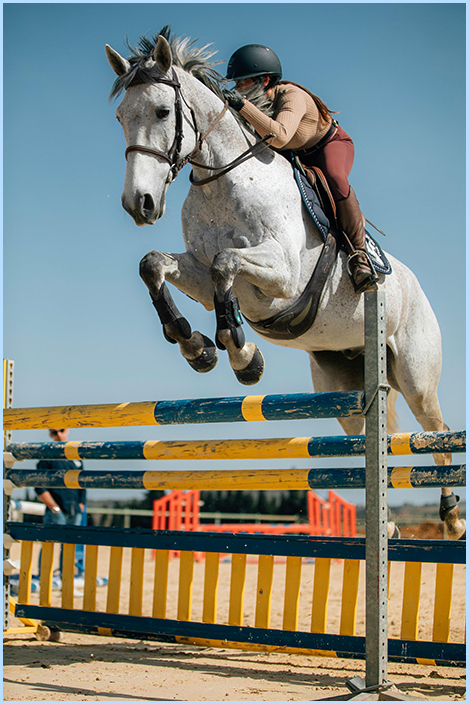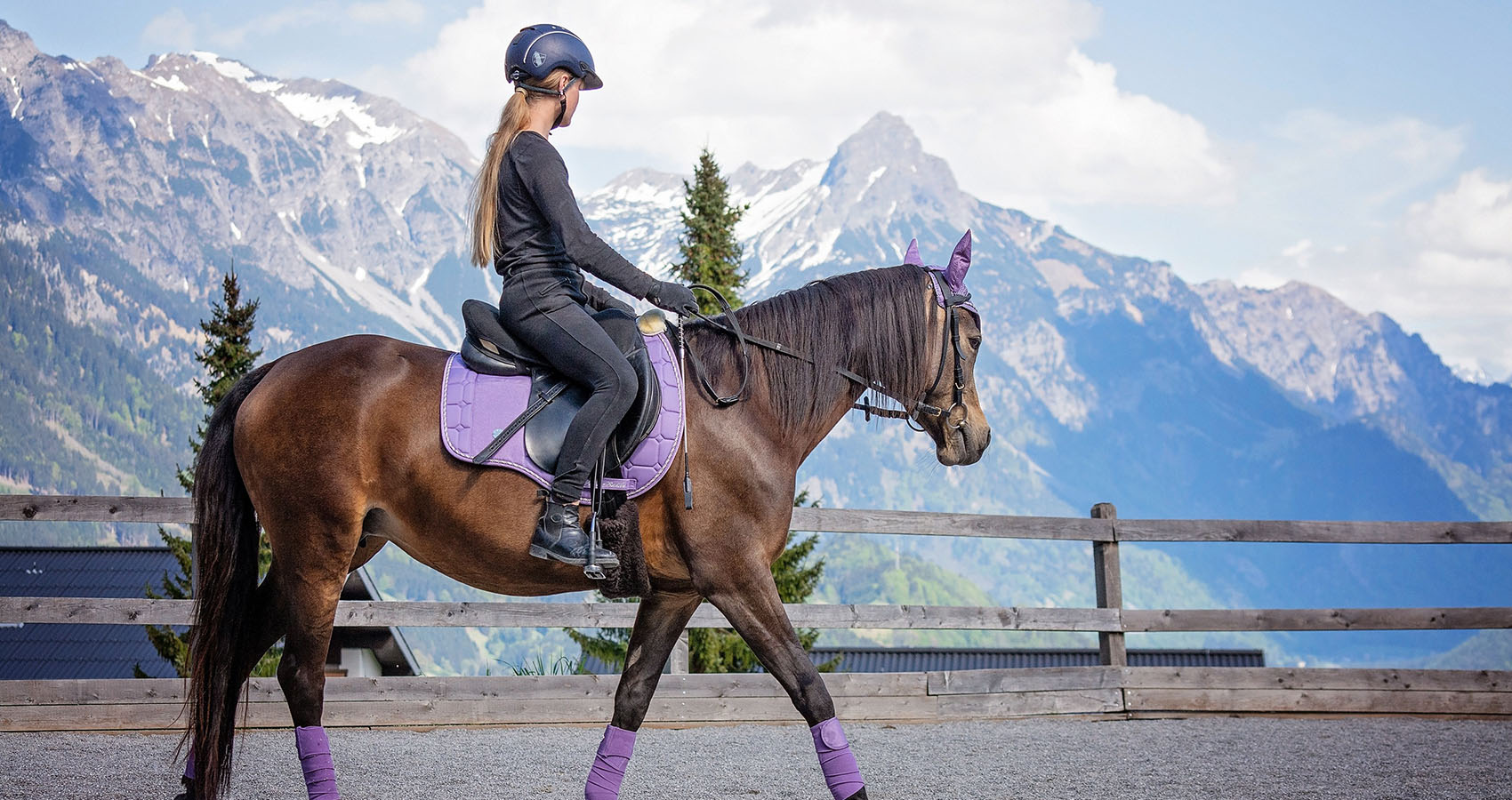
Gear Up: Essential Equestrian Equipment Every Rider Needs
Equip yourself for a comfortable and safe horseback riding experience.
Horseback riding is a fun, yet demanding activity. In this dance of trust and skill, every hoofbeat tells a story of mutual understanding between the horse and the rider. Yet, behind it is a lot of preparation and precision. The right equipment makes the difference between a memorable ride and a mishap. So, saddle up, and let's explore the essential equestrian equipment every rider needs, unlocking the gate to a world where passion meets practicality, and every ride is an adventure.
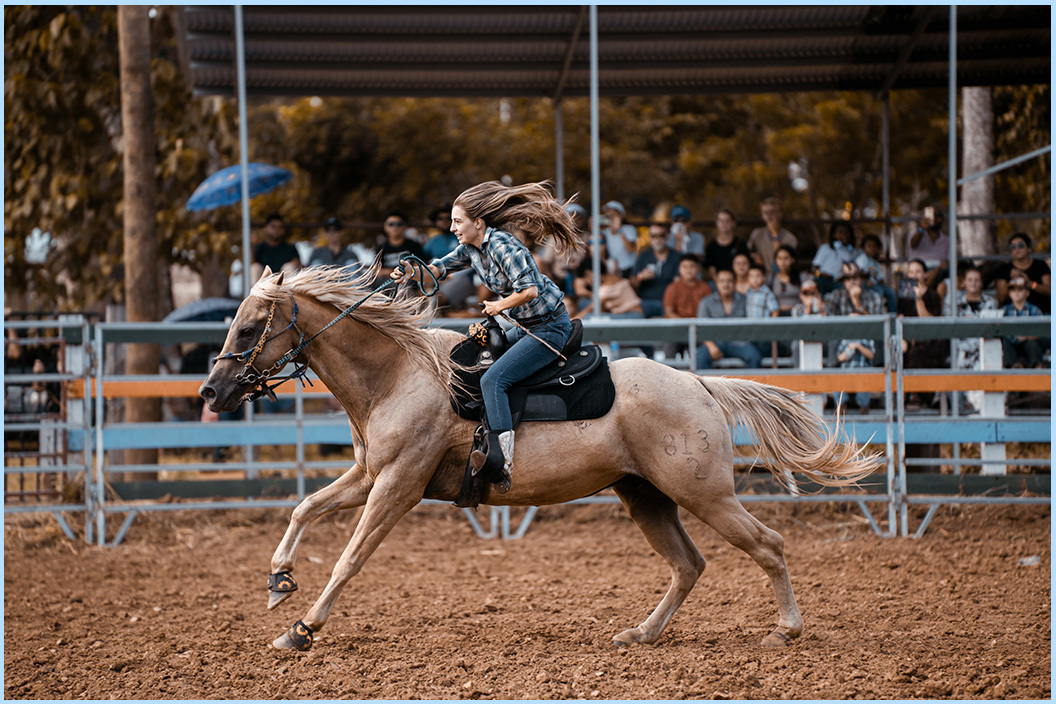
Gear Bag
When you're preparing yourself for a day at the stables, one of the first things you need to grab is your trusty gear bag where you can store everything you need for a successful outing with your equine companion. If you’re looking for a quality model, I recommend sturdy Ariat bags. They hold together all the essentials for your riding adventure. They can withstand the rigors of barn life, whether you toss them in the back of a trailer, or they get accidentally trampled by an overzealous horse.
However, durability isn't the only thing that sets Ariat bags in Australia apart – they also have plenty of sturdy pockets. Here you can store your entire grooming kit, including brushes, combs, hoof picks, etc. You can easily stash your riding boots, helmet, and even a change of clothes for those post-ride brunch dates with your fellow horse enthusiasts. You can also fit an entire pantry's worth of snacks in one of them, along with all your grooming tools and spare socks.
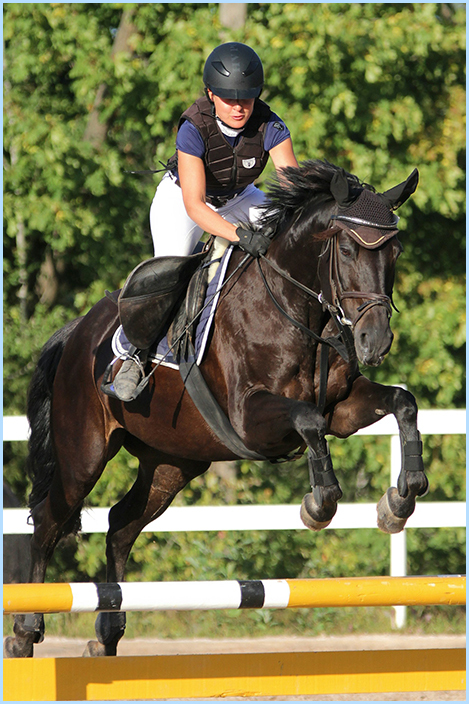
Ariat bags are big on comfort. After all, lugging around a bag full of riding gear isn't exactly a walk in the park. That's why these things come equipped with padded and detachable shoulder straps, making it a breeze to carry your gear from the car to the barn and back again. Plus, with the iconic logo emblazoned on the side of your Ariat bag, you show off your equestrian style every step of the way.
With over 30 years of experience under their belt, Ariat is synonymous with excellence when it comes to equestrian gear. From riding boots to apparel, their commitment to craftsmanship and innovation is unmatched. So, when you sling an Ariat gear bag over your shoulder, you make a statement about your style and your dedication to quality. It signals that you don't settle for anything less than the best when it comes to your riding gear.
Tops
When it comes to riding clothes, comfort is essential, so look for shirts that allow you to move freely in the saddle. Seek out breathable materials that will not cause you to become too hot or constrict your movement.
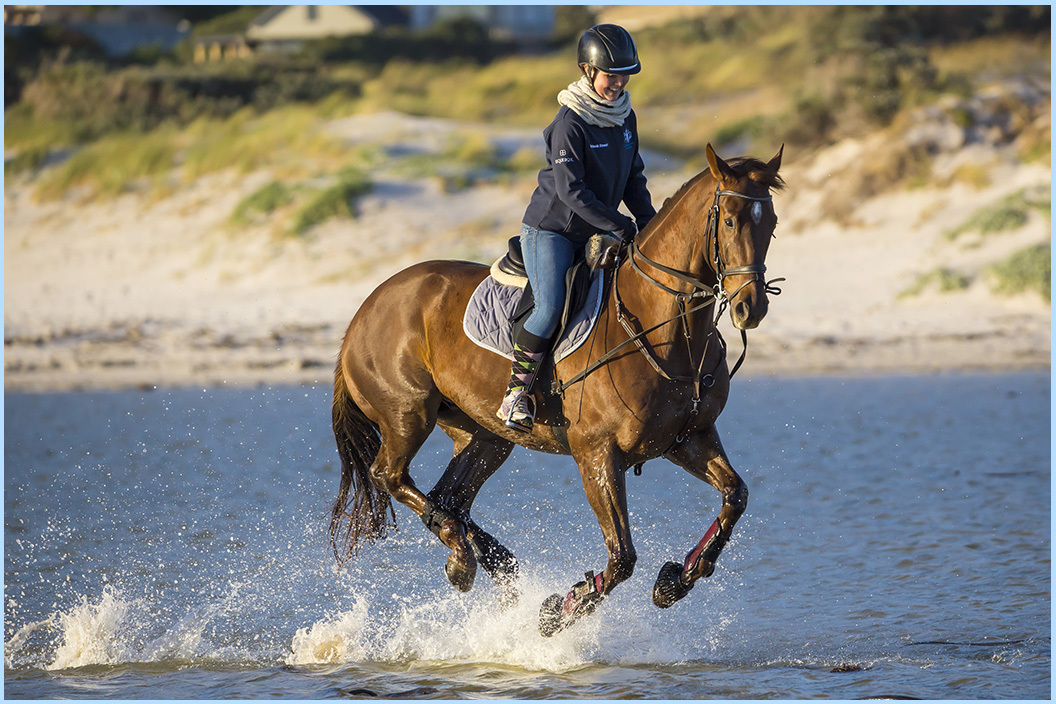
Wearing layers is highly recommended, particularly when riding in varying weather situations. You can simply take off a layer in the heat and add one on top to stay comfortable in the cold. Additionally, wearing layers helps shield you from the wind and sun. Steer clear of anything that is very saggy or loose-fitting. The goal is to reduce the amount of extra cloth that can catch on the bridle or saddle. Choose tops that are loose enough to fit comfortably without being constricting.
Another important consideration is the material of your clothes. Avoid rough or abrasive fabrics that could irritate your skin or rub against the horse's coat. Smooth, soft fabrics ensure both your comfort and the horse's. As you gain more experience on the saddle, you can invest in specialized horse-riding tops, such as riding shirts or technical tops. These often feature moisture-wicking properties to keep you dry and comfortable during intense rides.
Bottoms
Regular jeans aren’t built to handle the demands of horse riding. This is why you need special horse-riding jeans that keep you comfy and safe while you're out on the trails or in the arena. They’re typically made from durable, flexible materials with a 4-way stretch. That means they move with you and let you swing your leg over the saddle without feeling restricted. They come with some nifty features that enhance your riding experience. Take the seamless inner leg, for example. No more chafing and irritation because of rubbing against the saddle. The full seat provides extra grip and prevents slipping while you're riding. Plus, it used to be exclusive to jodhpurs, but now it's a must-have in quality horse riding jeans.
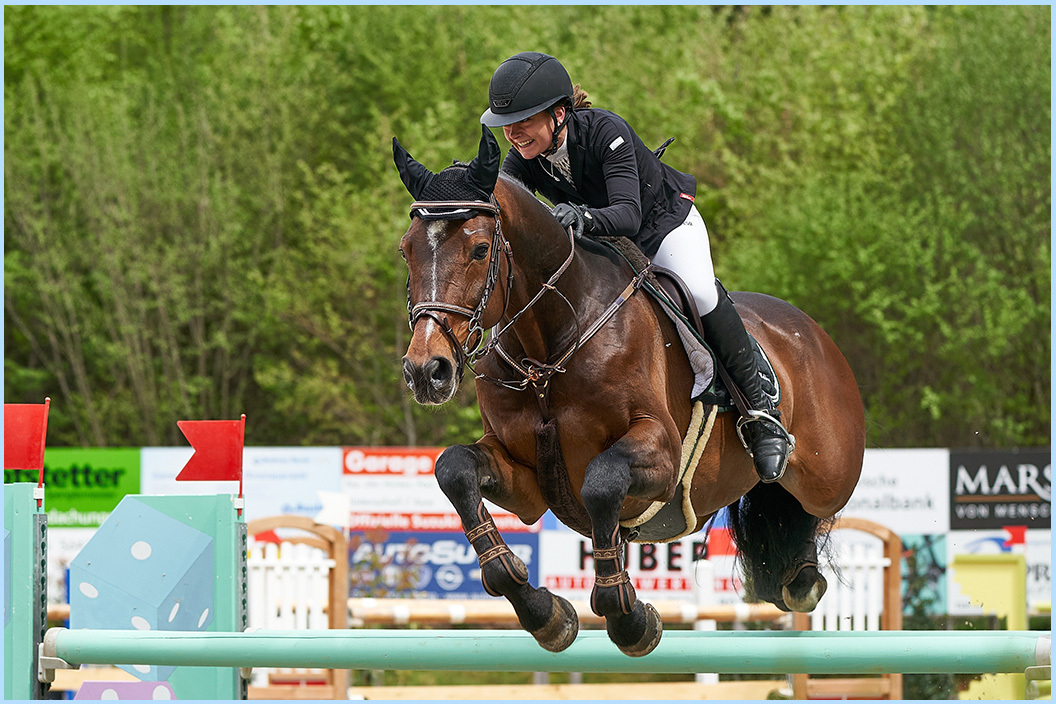
Boots
Make sure the boots you choose for horseback riding are not very "grippy" like hiking boots. They ought to keep the stirrups feeling comfortable. Select shoes with a low heel to keep yourself safer in the saddle by lowering the possibility that your foot will slip through the stirrup.
As your riding skills improve, you may find yourself looking up a pair of riding or paddock boots. These are ideal for riders who are at a more advanced skill level since they provide more support and grip. Just keep in mind that feeling secure and at ease in the saddle is more important than wearing trainers or boots.
Gloves
Although they are not necessary for your initial classes, gloves can be useful. Holding on to the reins for a long time can cause your fingers to rub. Gloves offer a barrier of protection and improve ride comfort significantly. They also provide a more robust grasp, allowing you greater control over your horse's movements. You can even wear any gloves you already own that are not designed for biking. You will feel more at ease and confident when riding, and your fingers will thank you.
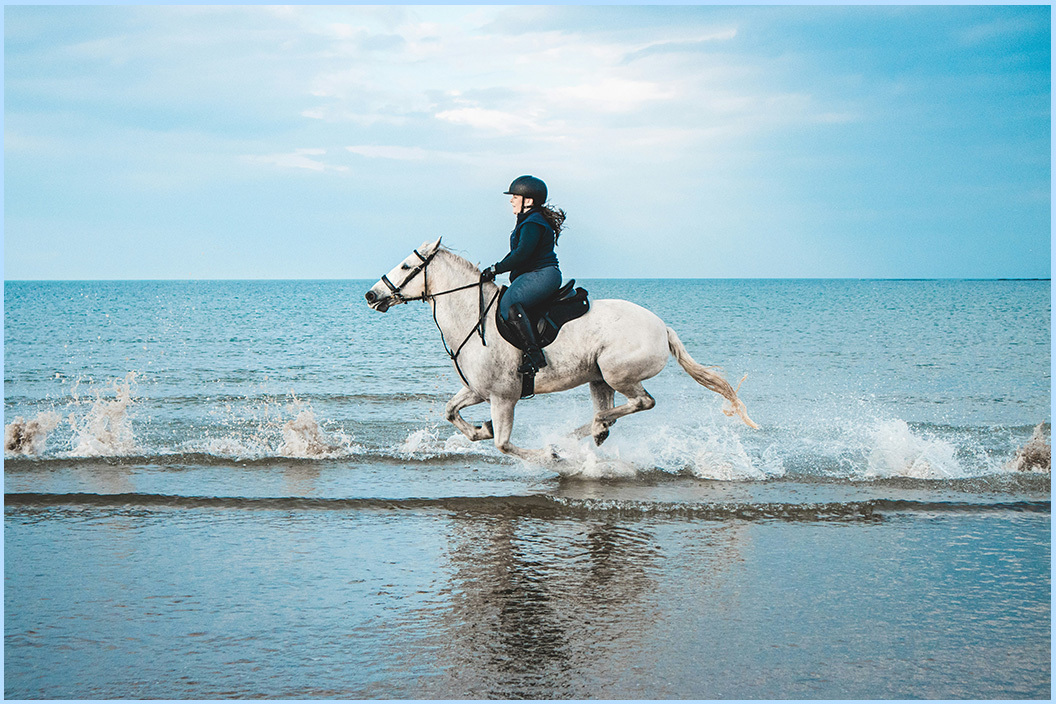
Safety Gear
When it comes to horse riding, safety gear is non-negotiable that can protect you from potential hazards:
-
Riding helmet: This is an essential piece of equipment. It guards against harm to the most vital area of your body. Therefore, always ensure that it is correctly fitted before mounting;
-
Body protector: Especially important for cross-country or jumping lessons, a body protector can provide an extra layer of security. This also offers peace of mind, especially if you're feeling a bit nervous during your lessons;
-
Whip: While not always necessary for beginners, a whip can become a handy tool as your riding skills progress. It reinforces your leg aids and can encourage a lazy horse to move forward. However, it's important to use it responsibly and under the guidance of your instructor.
Why Is It Called Equestrian?
The origins of the word "equestrian" begin with the Latin word "Equus," which simply means horse. So, when we talk about equestrianism, we essentially talk about all things horse-related. The first-ever equestrian sporting contest traces back to a remarkable event in 682 BC during the 25th Olympiad in Greece.
Equestrian sports back then were all about the grandeur of jousting events held at local fairs. It was a time when knights showcased their skills and courage, captivating audiences with their daring feats. In 1912, the Olympic Games made history and added equestrian sports to their lineup. Show jumping, dressage, and eventing took center stage, marking a pivotal moment in the journey of this sport.



